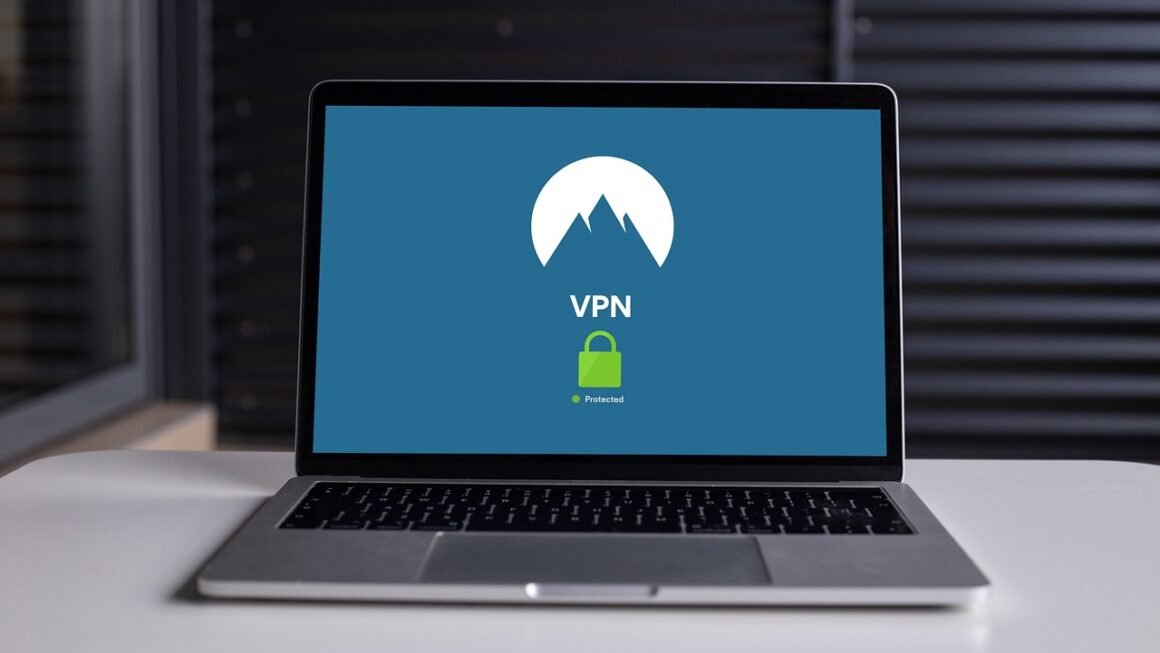In today’s interconnected world, cybersecurity is no longer just an IT concern; it’s a critical business imperative. A robust cybersecurity policy is the cornerstone of any organization’s defense against ever-evolving cyber threats. Without a well-defined policy, businesses risk data breaches, financial losses, reputational damage, and legal repercussions. This guide will provide a comprehensive overview of cybersecurity policies, their essential components, and practical steps to implement them effectively.
Understanding the Importance of a Cybersecurity Policy
A cybersecurity policy is a documented set of rules, principles, and guidelines that govern how an organization protects its digital assets. It’s more than just a technical document; it’s a strategic framework that aligns security practices with business objectives.
Why Do You Need a Cybersecurity Policy?
A clearly defined cybersecurity policy provides numerous benefits:
- Reduces Risk: Minimizes the likelihood and impact of cyberattacks.
- Compliance: Helps meet legal and regulatory requirements (e.g., GDPR, HIPAA, PCI DSS).
- Employee Awareness: Educates employees about their roles and responsibilities in maintaining security.
- Incident Response: Provides a framework for responding to security incidents effectively.
- Business Continuity: Ensures business operations can continue in the event of a cyberattack.
- Competitive Advantage: Demonstrates to customers and partners that the organization takes security seriously.
The Cost of Ignoring Cybersecurity
The consequences of neglecting cybersecurity can be devastating. The average cost of a data breach continues to rise, with IBM reporting an average cost of $4.45 million in 2023. These costs include:
- Financial Losses: Direct financial losses from theft, fraud, and ransom payments.
- Reputational Damage: Loss of customer trust and brand value.
- Legal and Regulatory Fines: Penalties for non-compliance with data protection laws.
- Operational Disruptions: Downtime and lost productivity due to system outages.
Key Components of a Comprehensive Cybersecurity Policy
A well-crafted cybersecurity policy should cover a wide range of areas to provide comprehensive protection. Here are some essential components:
Acceptable Use Policy
The Acceptable Use Policy (AUP) defines how employees are permitted to use company-owned devices, networks, and data. It should address:
- Permitted and prohibited activities: Clearly outline what employees can and cannot do with company resources. For example, prohibiting the use of personal email accounts on company devices.
- Personal use of company devices: Specify whether personal use is allowed and, if so, under what conditions. For example, limiting personal browsing to non-work hours.
- Social media usage: Address guidelines for employees representing the company on social media platforms. For example, requiring pre-approval for any official company posts.
- Software installation: Define the process for installing software and applications. For example, requiring IT approval before installing any new software.
- Example: “Employees are prohibited from accessing or distributing illegal or offensive content using company resources. Personal use of company devices should be limited to non-work hours and should not interfere with job duties.”
Data Security and Privacy Policy
This policy outlines how sensitive data is handled, stored, and protected. It should cover:
- Data classification: Categorize data based on sensitivity (e.g., public, confidential, restricted).
- Data encryption: Specify when and how data should be encrypted, both in transit and at rest.
- Access control: Define who has access to what data and how access is granted and revoked. Use the principle of least privilege.
- Data retention: Establish policies for how long data is stored and when it should be securely deleted.
- Example: “All customer credit card information must be encrypted both in transit and at rest. Access to this data is restricted to authorized personnel only.”
Password Management Policy
A strong password policy is crucial for preventing unauthorized access. It should include:
- Password complexity requirements: Define minimum password length, character types, and complexity rules. For example, requiring passwords to be at least 12 characters long and include a mix of upper and lowercase letters, numbers, and symbols.
- Password rotation: Require employees to change their passwords regularly.
- Password storage: Specify how passwords should be stored securely (e.g., using a password manager).
- Prohibited practices: Forbid the use of easily guessable passwords (e.g., “password123”) and sharing passwords.
- Example: “All employees are required to change their passwords every 90 days. Passwords must be at least 12 characters long and include a mix of uppercase and lowercase letters, numbers, and symbols. Use of a company-approved password manager is encouraged.”
Incident Response Policy
This policy outlines the steps to be taken in the event of a security breach or incident. It should include:
- Incident reporting: Define how and to whom security incidents should be reported. For example, designating a specific email address or phone number for reporting incidents.
- Incident response team: Identify the individuals responsible for managing and responding to security incidents.
- Incident containment: Outline steps to contain the incident and prevent further damage. For example, isolating affected systems from the network.
- Incident investigation: Describe the process for investigating the incident and determining the root cause.
- Recovery and remediation: Define steps to recover from the incident and restore normal operations.
- Communication plan: Establish a plan for communicating with stakeholders (e.g., employees, customers, law enforcement) during and after an incident.
- Example: “If you suspect a security breach, immediately report it to the IT security team at security@example.com or call the incident hotline at 555-1234.”
Remote Work Policy
With the rise of remote work, it’s essential to have a policy that addresses the unique security challenges of remote environments. It should include:
- Secure network connections: Require employees to use a VPN when connecting to the company network remotely.
- Device security: Ensure remote devices are properly secured with antivirus software, firewalls, and password protection.
- Data security: Outline procedures for handling sensitive data remotely.
- Physical security: Provide guidelines for securing remote workspaces to prevent unauthorized access to company information.
- Example:* “All remote employees are required to connect to the company network using a VPN. Personal devices used for work must have antivirus software installed and kept up to date.”
Implementing Your Cybersecurity Policy
Creating a cybersecurity policy is just the first step. Effective implementation is crucial to ensure that the policy is followed and that the organization is adequately protected.
Steps to Effective Implementation
Building a Security-Aware Culture
Creating a security-aware culture is vital for successful cybersecurity. Encourage employees to:
- Report suspicious activity: Make it easy for employees to report potential security threats.
- Think before they click: Educate employees about phishing scams and other social engineering tactics.
- Practice good security habits: Promote the use of strong passwords, secure browsing, and data protection measures.
- Participate in training: Encourage employees to actively participate in cybersecurity training programs.
Tools and Technologies to Support Your Policy
Implementing a cybersecurity policy effectively requires the use of appropriate tools and technologies. Here are some essential security tools:
- Firewalls: Protect the network perimeter from unauthorized access.
- Antivirus Software: Detect and remove malware from systems.
- Intrusion Detection/Prevention Systems (IDS/IPS): Monitor network traffic for malicious activity.
- Security Information and Event Management (SIEM) Systems: Collect and analyze security logs from various sources.
- Multi-Factor Authentication (MFA): Add an extra layer of security to user accounts.
- Vulnerability Scanners: Identify vulnerabilities in systems and applications.
- Data Loss Prevention (DLP) Solutions: Prevent sensitive data from leaving the organization’s control.
- Endpoint Detection and Response (EDR): Monitor endpoints for malicious activity and respond to threats.
These tools, when used in conjunction with a well-defined cybersecurity policy, can significantly enhance an organization’s security posture.
Conclusion
A robust cybersecurity policy is an essential investment for any organization that wants to protect its digital assets and maintain its reputation. By understanding the importance of a cybersecurity policy, defining its key components, implementing it effectively, and utilizing the right tools and technologies, organizations can significantly reduce their risk of cyberattacks and ensure business continuity. Cybersecurity is not a one-time project, but an ongoing process that requires constant vigilance, adaptation, and investment. Prioritizing cybersecurity will ensure a safe and secure future for your organization.



